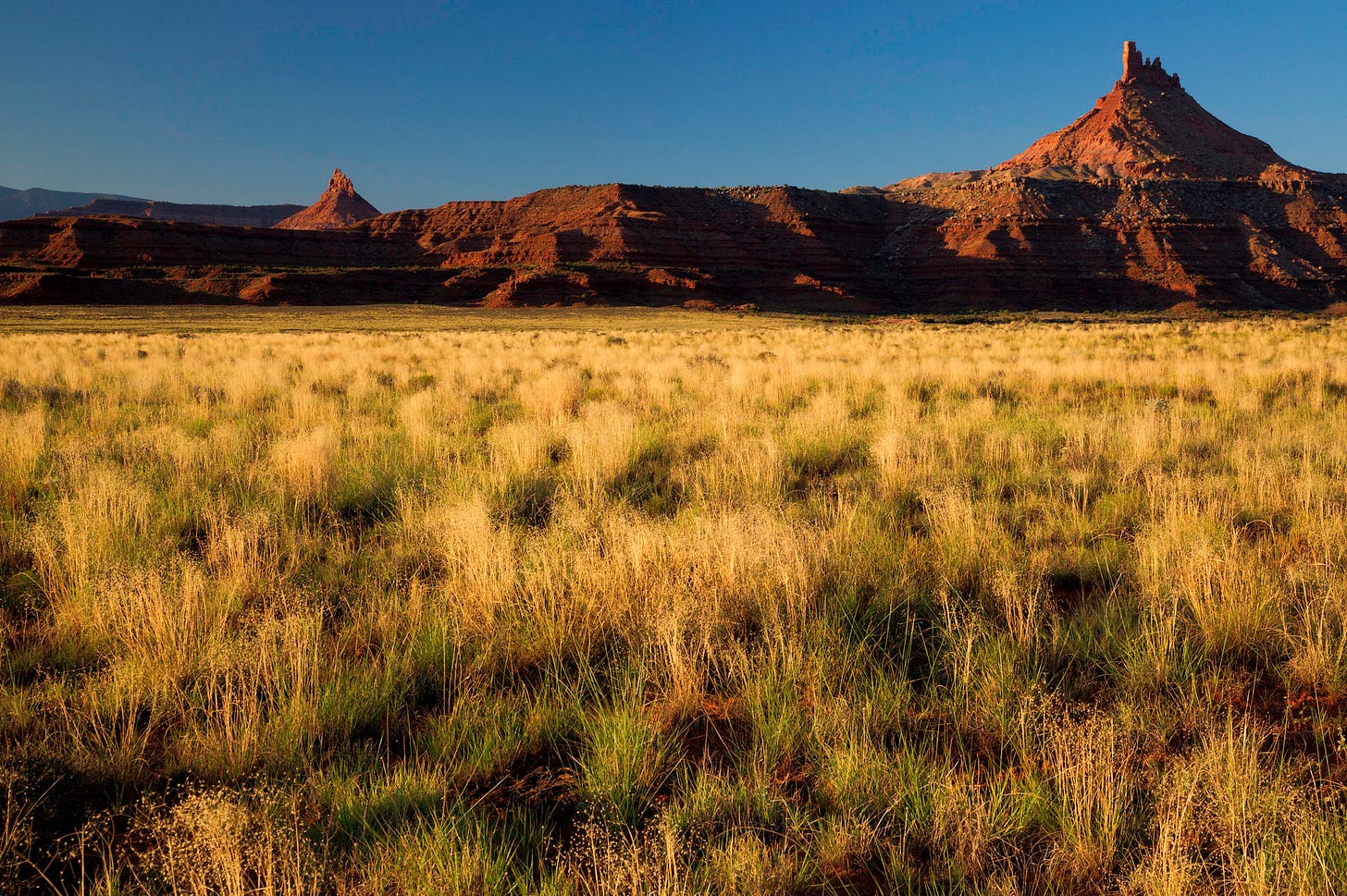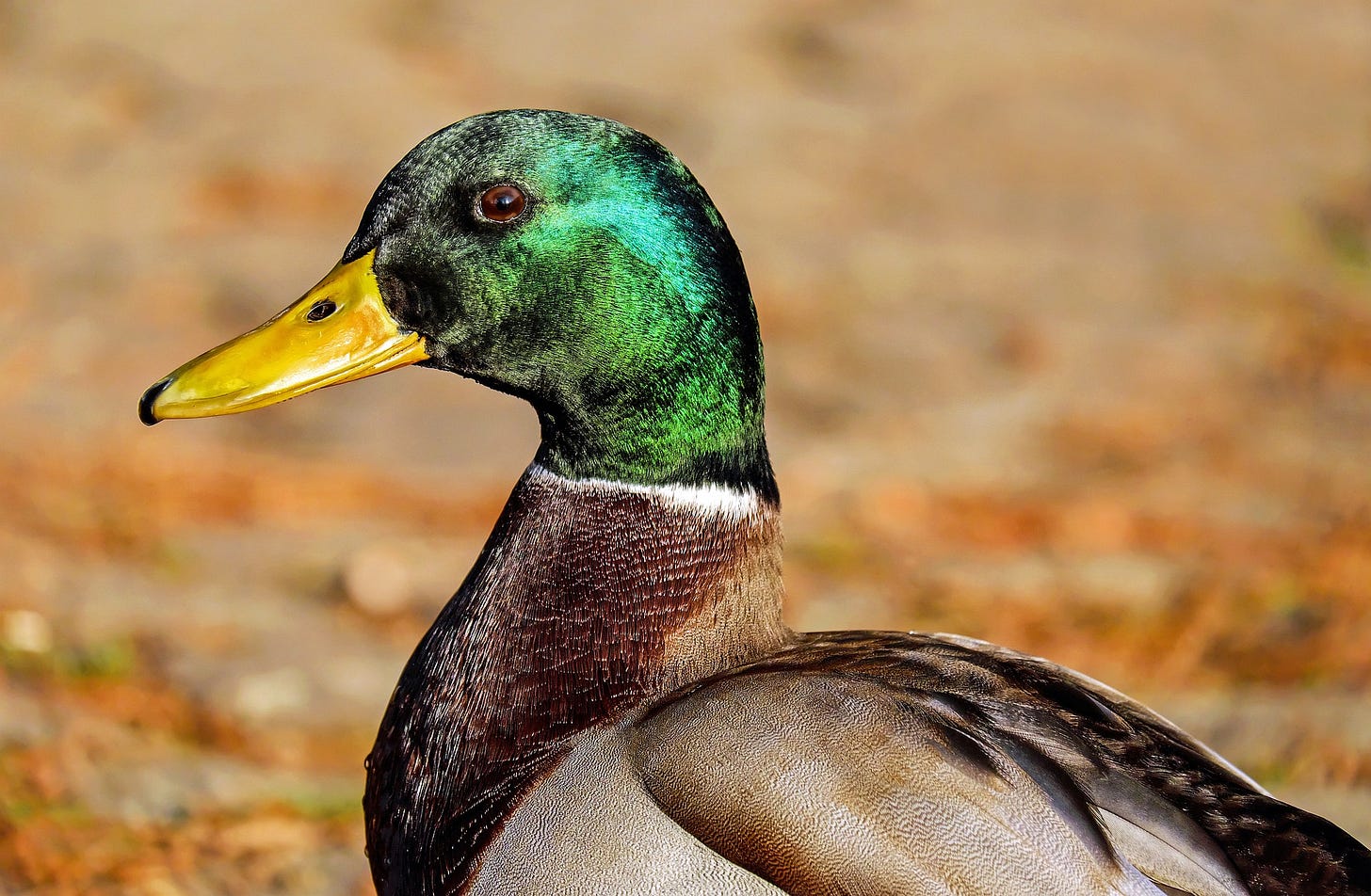Conservation is Already Popular
A new poll reiterates: Western Americans like protecting nature
One of my favorite polls came out this month. Favorite is an odd thing to say about a piece of public opinion data, but I like this poll so much because, every year, it highlights a story about this country that challenges a common narrative about what America is, or who Americans are.
The Conservation in the West poll, done through Colorado College, has been undertaken every year since 2011. The poll now surveys voters across the inland West — from Arizona and New Mexico to Montana and Idaho — about wildlife, nature, public lands, and climate change. And every year, the results are clear: for these Americans, conservation is popular.
You can look at the poll results yourself here. But let’s go through some of the big numbers. In total, 23% of respondents referred to themselves as “liberal,” 40% as “moderate” and 35% as “conservative” — with 37% of all respondents considering themselves supporters of the “MAGA movement.” About 35% of them live in rural areas or small towns, 41% live in the suburbs and 24% live in big cities. Nearly everyone — all but 13% — said they visited public lands at least once in the past year, with about 67% heading out at least three times. And by large numbers, respondents supported a range of conservation actions and goals.
For example, 63% of respondents were opposed to reducing protections for “rare” species protected by the Endangered Species Act (ESA), with 42% “strongly opposed.” In Wyoming, the state with the lowest support for the ESA, 53% of people were still against rolling back protections, with 30% strongly opposed.
Notably, 88% of people surveyed said existing national monuments should be kept in place. That breaks down to 97% of Democrats, 87% of independents and 83% of Republicans — and a full 81% of “MAGA” supporters. During his first term, President Trump shrunk the size of two national monuments in Utah, Bears Ears and Grand Staircase-Escalante. Both were later restored by former President Biden, but Trump could shrink them again.

Sixty-five percent of respondents were also opposed to transferring control of federal public lands to state governments, with 40% “strongly opposed.” In Utah, which recently challenged federal control over many of their state’s public lands in court (unsuccessfully), 57% of respondents were opposed to transferring control to the states, with 33% “strongly opposed.”
And the federal agencies that manage many of the public lands in these states are also popular. The National Parks Service got an 86% approval rating, the US Forest Service got 79%, the Fish and Wildlife Service was at 75%, and the Bureau of Land Management was at 63%. Fewer respondents “strongly approved” of these agencies, but 75% of respondents — including 69% of Republicans — opposed funding cuts to the agencies for “repairs, firefighting, visitor services, and oversight of those public lands.”
One interesting number, in light of recent layoffs: 87% of respondents preferred career professionals like scientists, rangers and firefighters to make decisions about “public lands, water, wildlife and other natural resources” over “new officials, appointed by elected representatives, who come from other industries and may have different perspectives.”
Some of the numbers in the survey revealed interesting regional patterns. For example, more than 70% of respondents in Arizona, Nevada and New Mexico — all desert states — said water supply was a big problem, while other states had slightly lower numbers. Similarly, more than half of respondents in Arizona, New Mexico, Nevada and Colorado (all blue or purple states) said climate change was “an extremely or very serious problem,” while less than half of respondents said the same in Idaho, Utah, Wyoming and Montana (all red states).
But wildlife was a more universal concern. Eighty-four percent of respondents said “loss of habitat for fish and wildlife” was a serious problem, with majorities in all states except Wyoming and Montana calling it an “extremely or very serious problem.”
A lot of that support likely comes from people who hunt or fish. Many people in the West — according to this survey, around 45% of residents — are hunters and/or fishers. Hunters and fishers can have different conservation priorities than environmental advocates or scientists, and no doubt, these groups have sometimes fought each other. But hunters and fishers also have some of the country’s longest track records of conservation advocacy, notably with waterfowl such as ducks. It’s very likely that without the support of hunters and fishers during the conservation movements of the 20th century, many species alive today would have gone extinct.
Obviously, the results of this poll don’t mean there’s no danger to the future of public lands. First, this poll only covers eight states, and we’ve got 50 of those. Business interests and others who oppose conservation initiatives often have powerful friends and plenty of money. Conservation may also not be the deciding issue for many voters when choosing which candidate to support. And these attitudes may change with specific projects — conservation “somewhere out there” can feel different to some people than conservation in their backyard. (That can be especially true for protecting wildlife like grizzly bears or wolves, which is always easier when you’re not living next to those grizzly bears or wolves.)
Yet I think the bottom line of this poll — and the conclusions are generally the same every year this poll is released — is that many Americans value our lands, waters and wildlife. Sometimes, that’s just an abstract value. But it’s a place to start.





